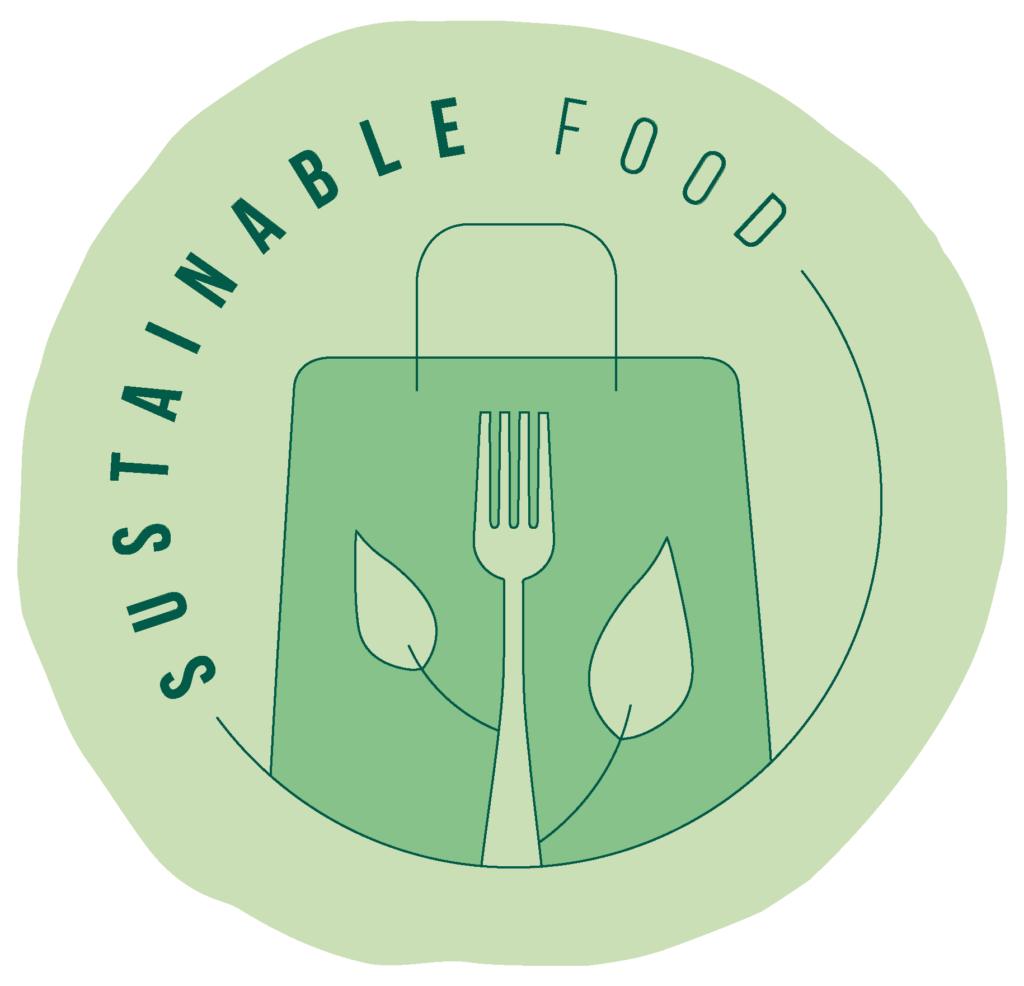
Chicken accounts for almost half of the meat we eat in the UK but what is the best option to buy and how much should we be eating? Knowing what the different labels mean is a good place to start.
Red Tractor and RSPCA Assured
Red Tractor is barely above the legal minimum standards, providing just 10 per cent more space than the EU dictates. This means there can be 19 birds per m2, leaving chickens hugely overcrowded, with no access to the outdoors or natural light.
RSPCA Assured standards dictate stocking density of 15 birds per m2, natural light requirements, and a slightly slower growing breed, but this is only a marginal improvement.
Free-range
As with laying hens, there can be a big difference between our image of a free-range chicken and the actual reality. The legal minimum standard leaves birds with fairly cramped indoor conditions, and while they are required to have access to the outdoors for half their lives (1m2 per bird), there is no maximum flock size. As a result, many are kept with tens of thousands of other birds in huge sheds and very few ‘pop hole’ access points, meaning they never venture out.
There are farms who go well above and beyond this legal minimum. Pipers Farm ‘Properly Free Range’ chickens have fixed sheds with large grassy paddocks on either side. “Many of the farms have planted tree cover, have deep hedgerows or use large fallen trees to create shelter amongst the pasture,” Abby Allen, Farms Director at Pipers Farm explains. “This is really important as this encourages the birds to actually go outside and make use of all of the space in their range, instead of huddling near the doorway and not actually going out and stretching their legs.”
Organic
The Organic market makes up less than 1 per cent of chickens raised in the UK. The birds are slower growing, flock size is limited to 4800 birds (1000 in Soil Association certified farms), they have more indoor and outdoor space, and significantly improved access to this outdoor environment.
Otter Valley Poultry raise their own organic birds as well as sourcing from a network of local organic farms. They also have an organically certified slaughterhouse on site. Ross Gardner, owner of the farm explains; “It was a perfect choice to have an on-farm slaughterhouse, as it allows us full control over the whole process from rearing to the processing rather than relying on a third party slaughterhouse.”
Regenerative
There is a movement aiming for regenerative poultry, such as that being explored by Impeckable Poultry. What this looks like is still yet to be determined, and as with other produce, there is a big challenge in the form of the lack of certification around the term ‘regenerative’ – what is considered by some to fall under this term might not align with your values.
Halal
The term halal refers to the method of slaughter, with the slaughter being carried out in accordance with Islamic law. There are a range of methods of slaughter, but for many halal chickens that includes being stunned in a water bath before being killed by hand. The label does not relate to the wider welfare of how the animals are raised, but a number of places now sell organic halal chicken, and Willowbrook Farm is a Halal and Tayib free-range farm.
Breed and rate of growth
Broiler chickens have been bred to be faster growing and convert feed better in a bid to minimise the cost of raising them, with many intensive operations raising Ross or Cobb breeds and sending them to slaughter in under 40 days. This fast growth means many birds are unable to stand because their legs cannot support their large bodies, and antibiotic use is higher to prevent disease.
Free-range chickens are slaughtered at approx 56 days, and organic chickens at 81 days or more. Many free-range and organic farms choose breeds such as the slower growing Hubbard that have larger legs and a smaller breast, making it more likely to roam outdoors.
Chicken feed
Approximately 3 million tonnes of soya are imported each year, most of which is destined for chicken and pork feed. With just 20-30 per cent of this coming from certified sustainable sources, soya is a significant contributor to land grabbing and deforestation in South America. A number of organisations are working to highlight this and point towards alternative sources such as insect larvae, fava beans and lucerne.
“The alternatives that I would like to see researched more are using co-products, by-products and waste products of pulses that are grown for human consumption, as we need to reduce food-feed competition and use our land more efficiently,” Jyoti Fernandes, Campaigns and Policy Coordinator at the Landworkers’ Alliance points out.
Abby Allen from Pipers Farm tells me about the new pasture reared soy-free chickens they’ve started selling, explaining how they’re working with a small scale family farm in Devon where the chickens live in mobile tractor, following livestock through the pastures. “The chickens are moved onto fresh pasture every day, meaning they end up moving considerably more than even the best free range system, and are fed a diet of locally grown oats and wheat with the addition of beans, peas and rapeseed pulp to replace the protein required that is usually covered by soya.”
Quality not quantity
One of the biggest challenges is the amount of chicken we eat – approximately 1 billion each year (or 13 per person in the UK). There are now more than 1000 intensive poultry units in the UK, up 30 per cent in the last 10 years, and the scale of production is a big contributor to wider issues like river pollution.
Consumption at this scale isn’t sustainable, especially if we look at moving away from soy based feed. The Landworkers’ Alliance, Sustain, Pasture for Life and Hodmedods did some modelling of different scenarios, concluding that to remove soy from UK poultry and pig feed whilst still eating enough protein, we need to reduce our poultry product consumption by 86 per cent, and research by the Sustainable Food Trust estimates we need a 75 per cent reduction.
Where to buy from
The reality is that a free-range chicken from the supermarket is unlikely to be a sustainable choice, likely coming from a farm with a large flock size and crowded conditions. Don’t get suckered in by branding such as farm names or labels such as ‘corn fed’, or promising statements such as ‘Room to Roam’, and instead opt for an organic bird.
Where possible, buy direct from a farm or through a butcher/retailer who are transparent about where their birds come from. “My advice is to ask what breed of chicken they rear, what diet they eat, what the environment is like in the shed and in the paddock and how they are killed,” Abby Allen suggests.
Affordability
It’s difficult to ignore the fact that organic chicken or truly free range chicken costs significantly more. To re-balance the increased cost, look at buying a whole chicken and making use of all of the parts instead of opting for individual expensive cuts such as breast meat. Don’t throw away the carcass either – you can get another good few meals out of it by making a large batch of stock.
This feature is part of our new WL Sustainable Food Series, by Steph Wetherell, which includes guides on fruit, veg, bread, meat, and more, over the coming weeks.

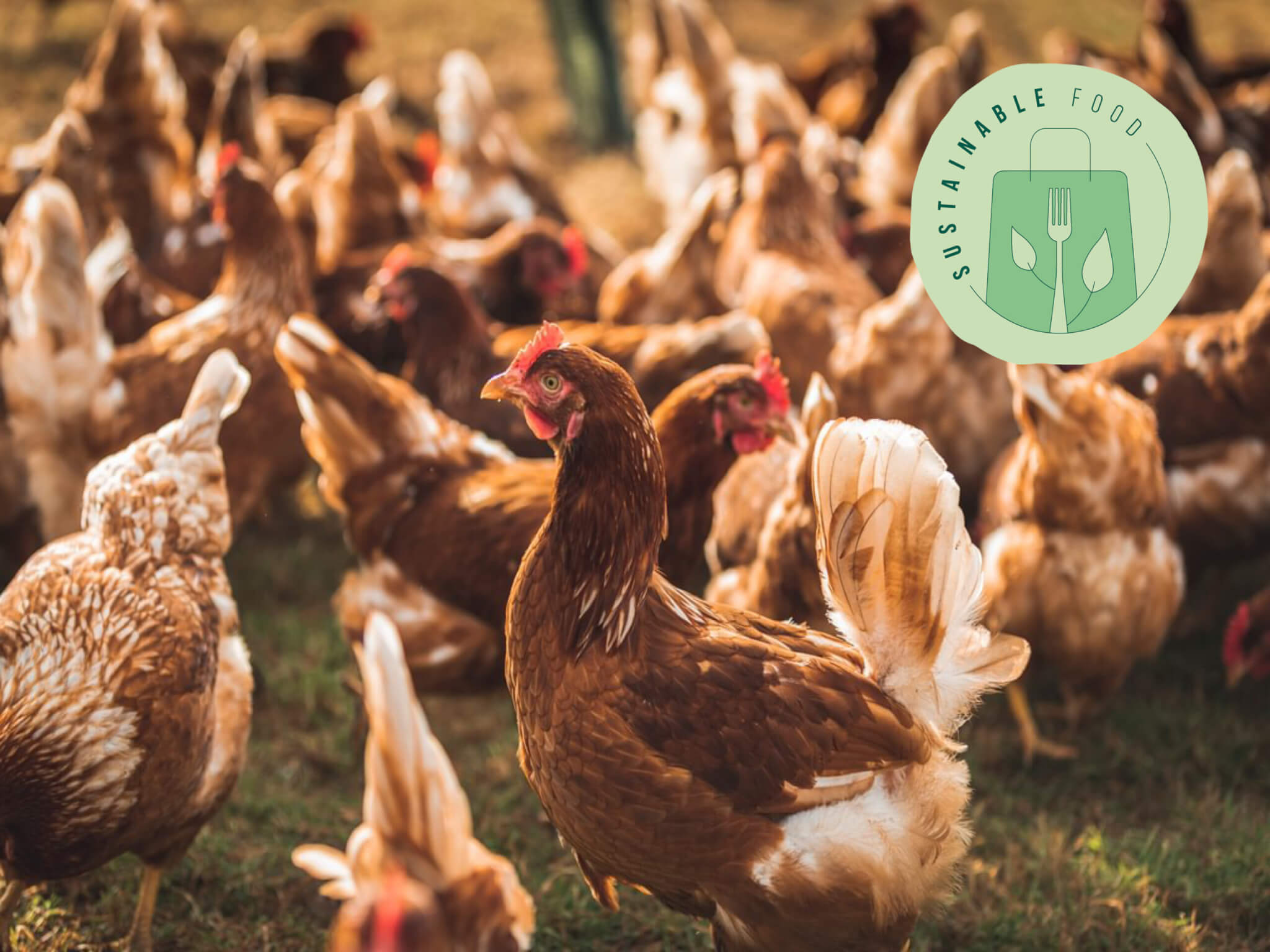

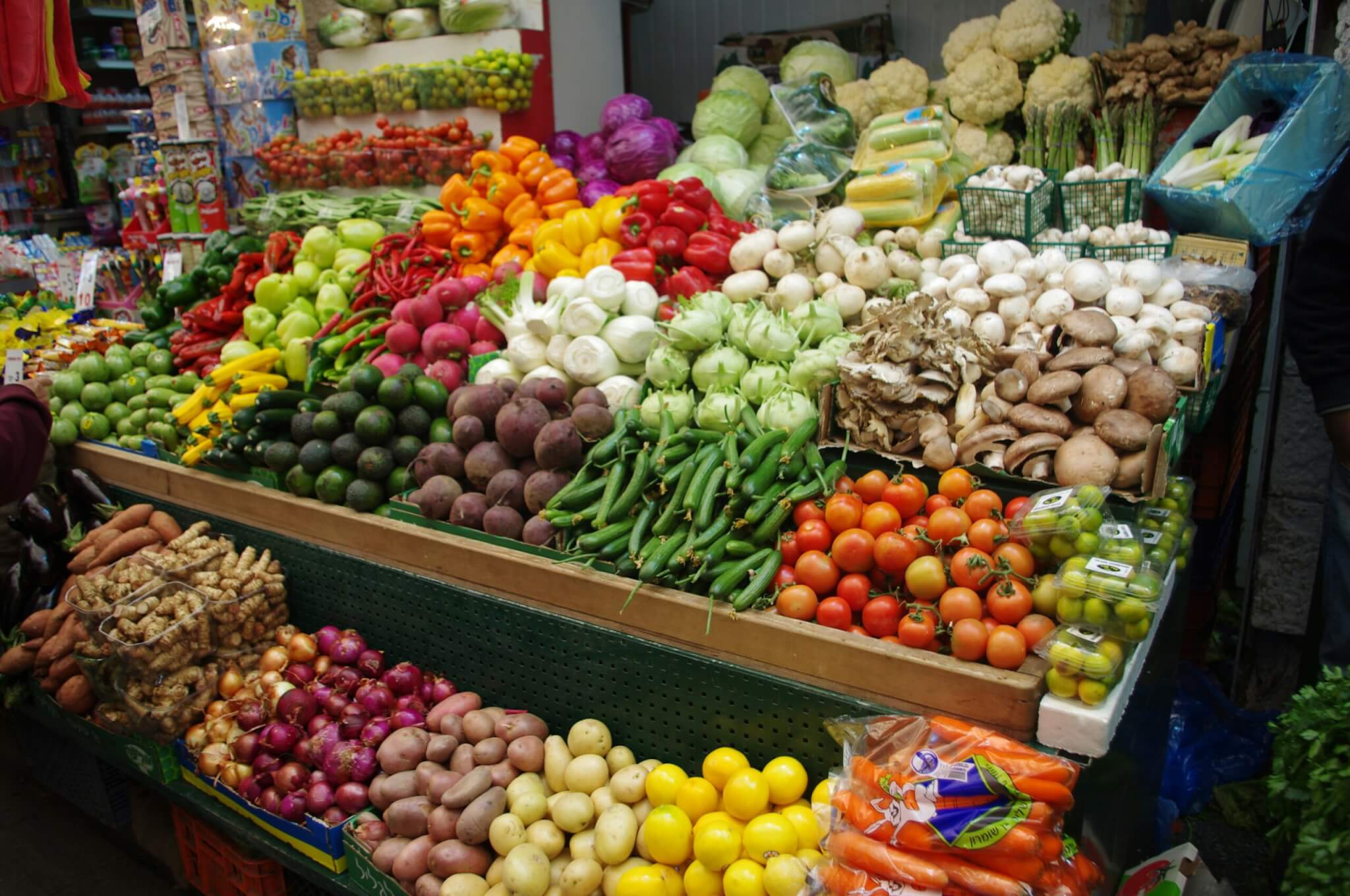

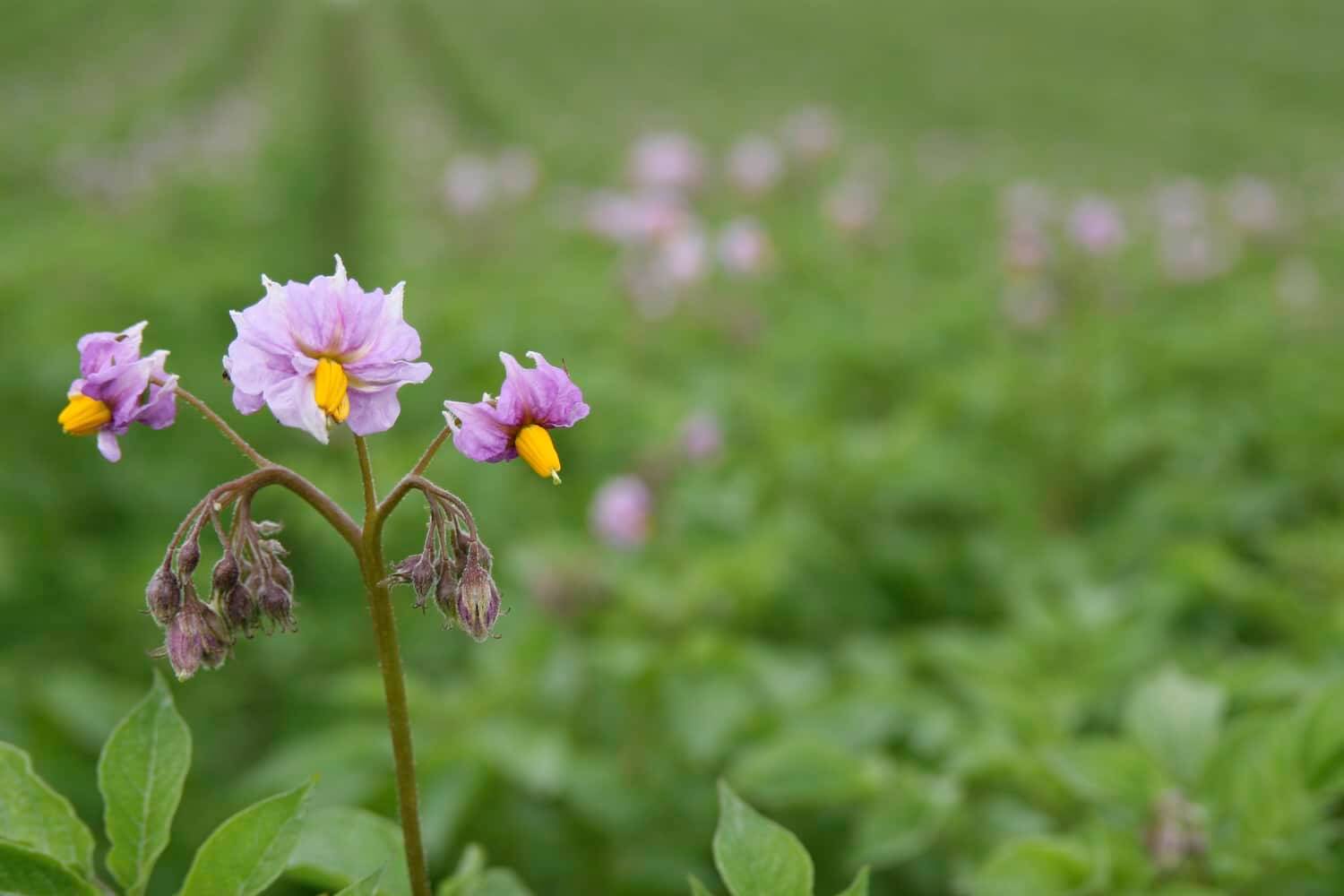
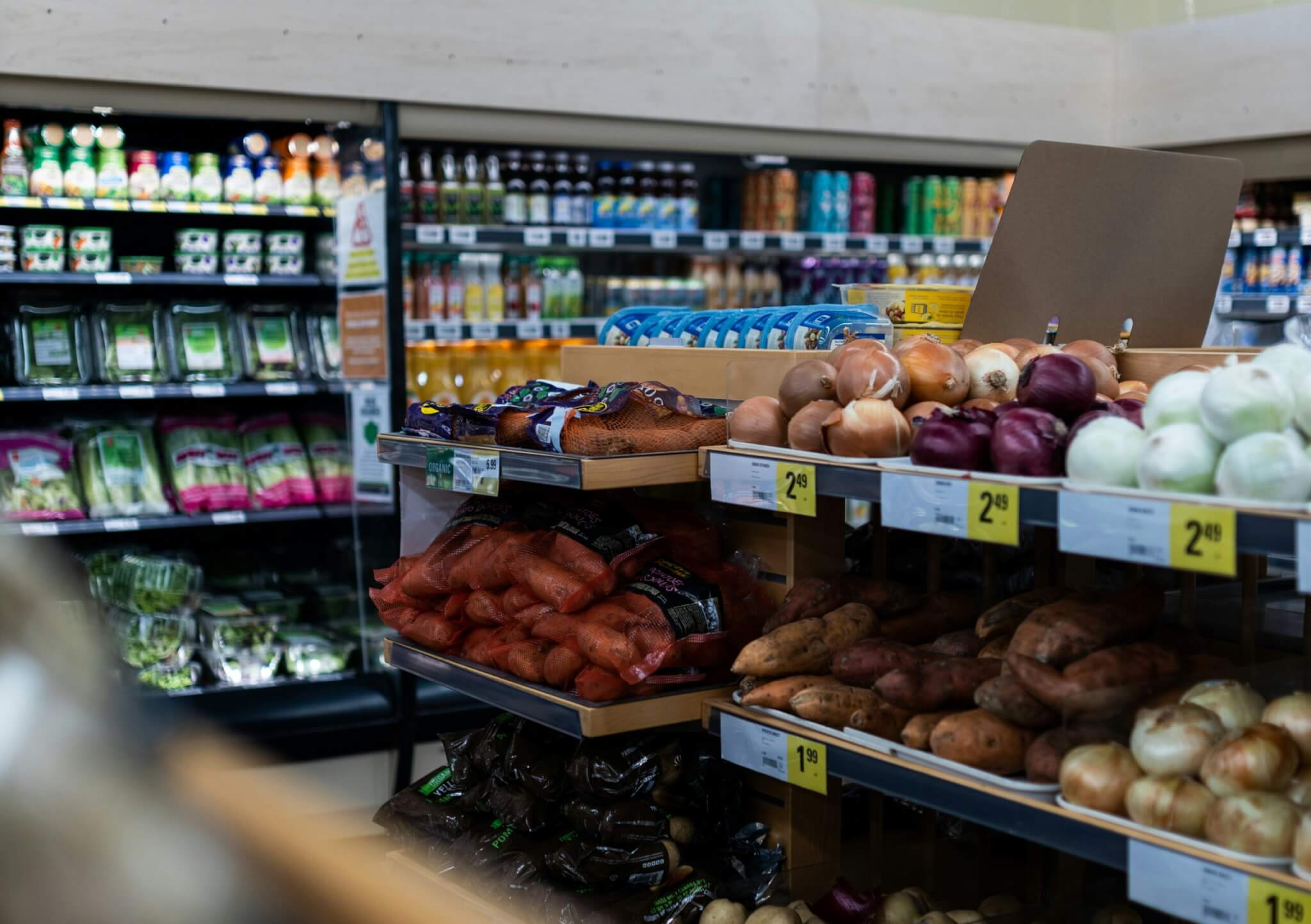

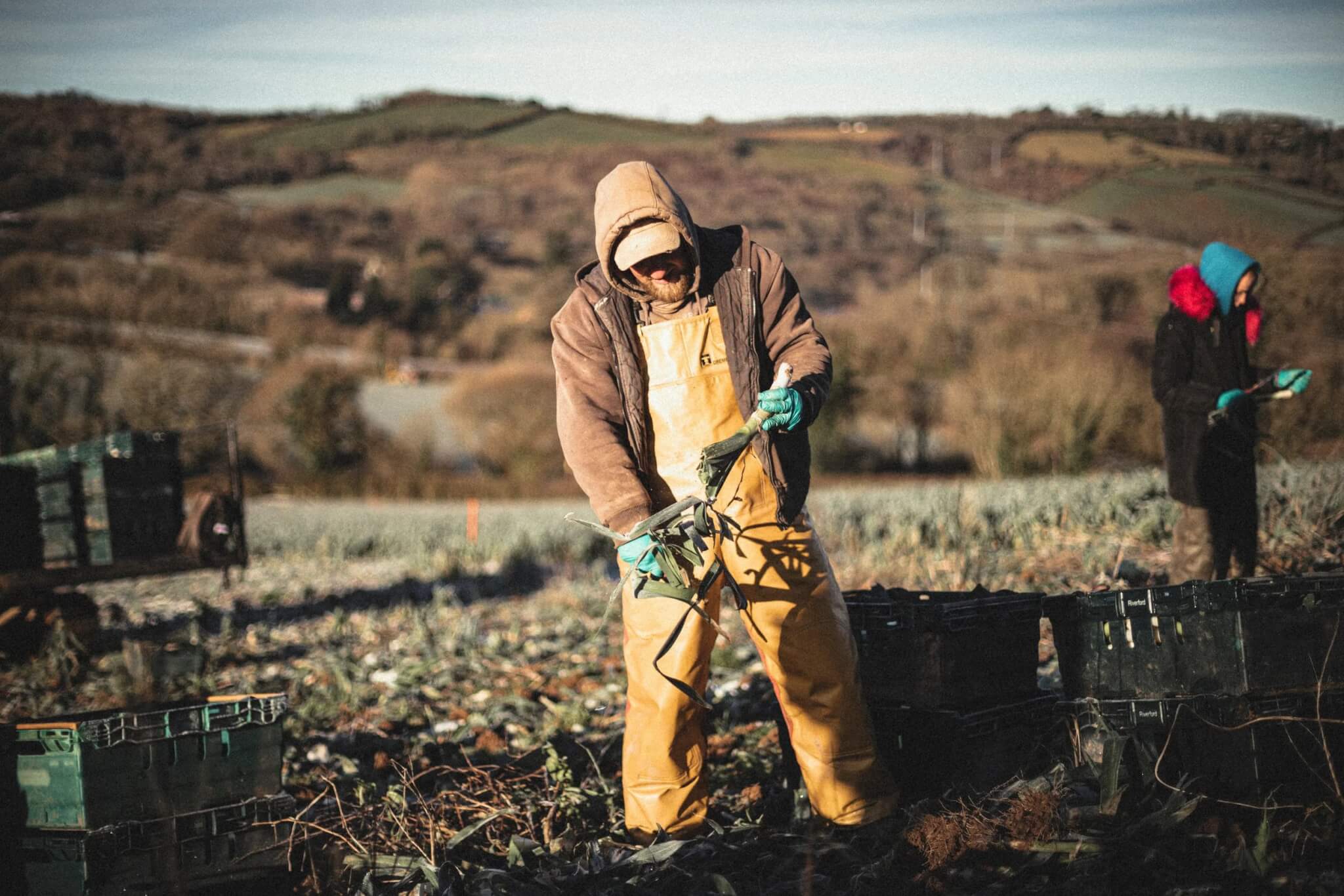
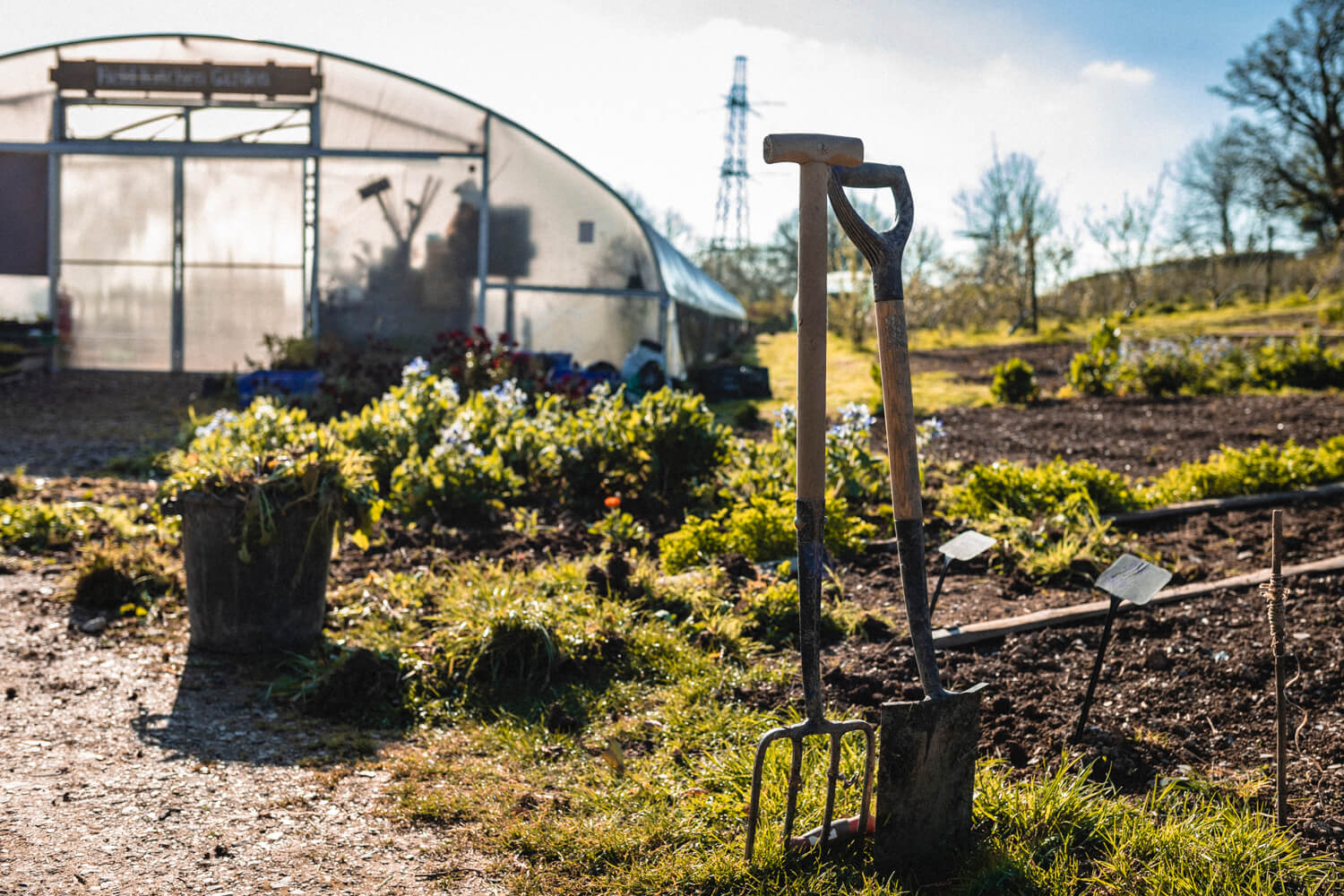
Thank You, and what are your thoughts on avian flu? especially given that the healthy outdoor birds are much more vulnerable to catching this disease? thx kate💚🙏🏼🕊
I would be interested to know what the different grades of chicken are fed. I have read that 40% of all wild-caught fish go towards chicken and pig food, as well as lots of soya (some GM).